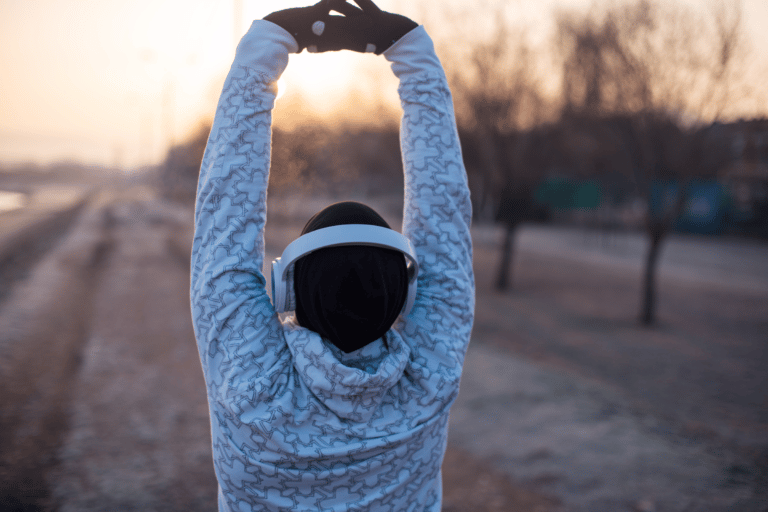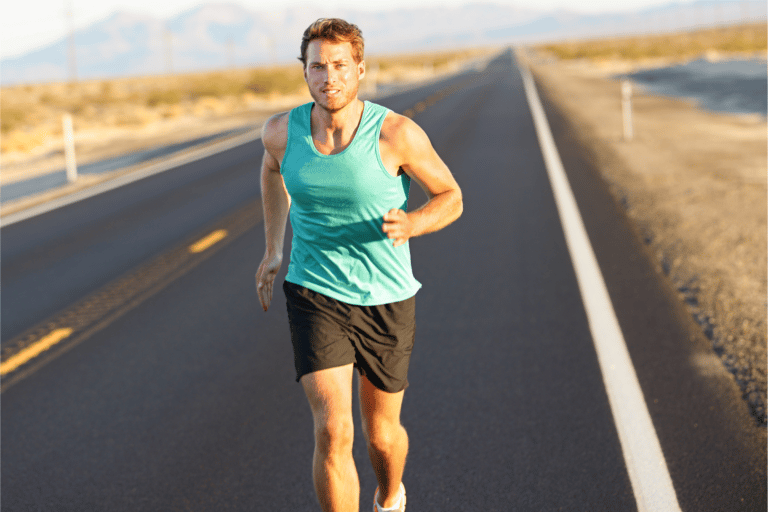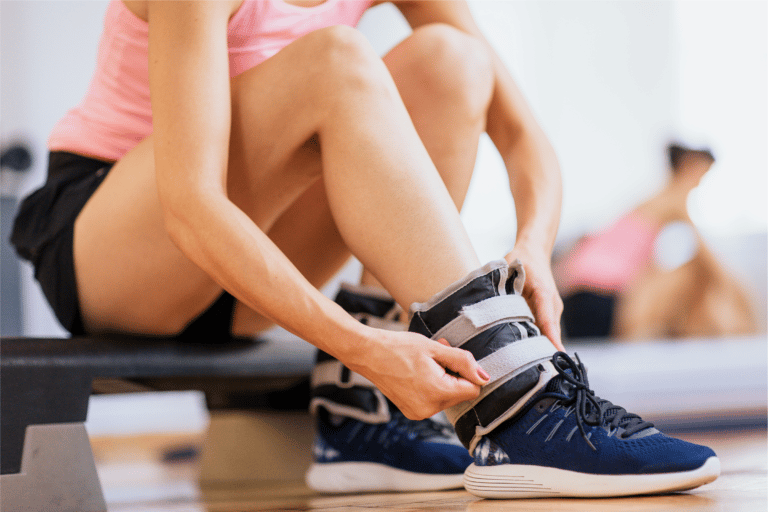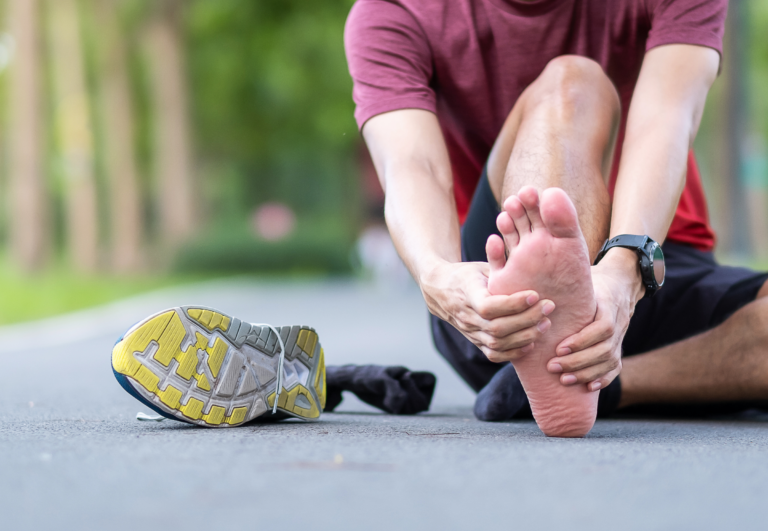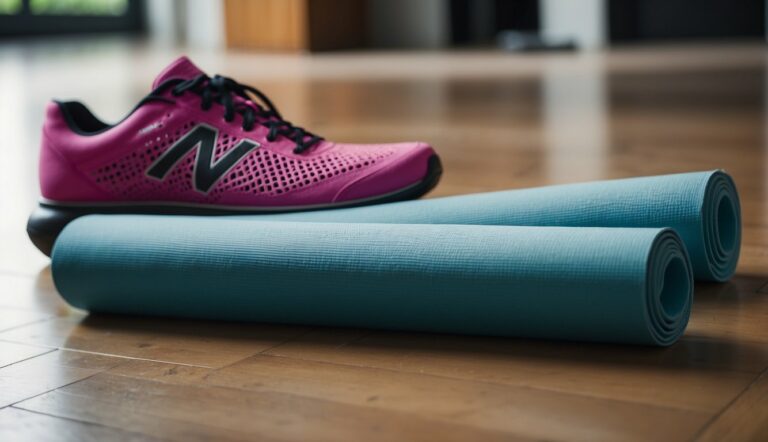Warm-up Routine for Beginner Runners: Essential Steps for a Safe Start!
Embarking on a running journey begins with a proper warm-up routine, an essential step often overlooked by beginner runners. A solid warm-up primes your body for the demands of running, increasing blood flow and reducing the risk of injury.
The aim of pre-run warmup exercises is to gently introduce your body to the physical stress of running. Simple exercises such as brisk walking, slow jogging, or cycling on a stationary bike can ease you into your workout.
Once your muscles are slightly warm, incorporate dynamic exercises like walking lunges or opposite toe touches to enhance mobility and flexibility. This approach not only prepares your muscles and joints but also sharpens your neuromuscular connections, which can improve your running efficiency.
Your warm-up routine should gradually build in intensity to bridge the gap between rest and running. The process should feel natural and not rushed, laying the foundation for a comfortable transition into your primary running workout.
By starting with these targeted warm-up strategies, you set the stage for a safer and more effective run, paving the way for better performance and enjoyment as you progress in your running journey.
Essential Warm-Up Exercises for Beginners
Before starting your run, it’s crucial to prepare your body with warm-up exercises to enhance flexibility, strength, and coordination. These movements can help prevent injuries by activating various muscle groups.
Lower Body Dynamic Stretches
Lunges and leg swings are dynamic stretches critical to your lower body warm-up. They target your glutes, hamstrings, quads, and calves, helping to improve the flexibility of your hips and ankles.
- Walking Lunges: With your back straight and core engaged, step forward into a lunge position, alternating legs as you go. Aim for 10-15 lunges per leg to enhance hip flexibility and leg strength.
- Leg Swings: Hold onto a steady surface and swing one leg forward and back, then side to side, to loosen up the hips, IT band, and leg muscles. Perform 10 swings per leg in each direction.

Upper Body Mobilization
Engaging in upper body mobilization exercises like arm circles can benefit your deltoids, chest, and upper back. These exercises contribute to the overall stability and balance crucial for maintaining good running form.
- Arm Circles: Begin with small circles and gradually increase the diameter. Perform 10 circles forward, then reverse for 10 circles backward to promote shoulder mobility.
- Chest Opener: Interlace your fingers behind your back, straighten your arms and lift your chest. Gently pulse upward for 15-20 seconds to open up the chest and engage the upper back.
Core Activation
A strong core ensures better stability and balance during your run, and exercises like planks can effectively activate your entire core.
- Planks: Maintain a plank position, aligning your elbows under your shoulders, and your spine in a neutral position. Hold for 15-30 seconds to engage the abdominal muscles and support the spine.
- Abdominal Marches: Laying on your back with knees bent, lift your legs into a tabletop position and march your feet in place, one at a time, focusing on core control and coordination. Do this for 30 seconds.

Incorporating these exercises into your warm-up routine can significantly improve your running performance by preparing your muscles and joints for the movement ahead.
Running-Specific Warm-Up Strategies
Before starting your run, specific warm-up strategies can enhance your form and decrease muscle soreness. These exercises help increase your range of motion and prepare your muscles for the velocity of running.
Running Drills to Enhance Form
- High Knees: Perform high knees by running in place, driving your knees up to your chest with each step. Aim for 30 seconds to activate your hip flexors and improve leg turnover, essential for efficient running form.
- Butt Kicks: As you jog in place or move forward, kick your heels up towards your glutes. This drill, done for 30 seconds, warms up your quadriceps and glutes while promoting a quick foot strike cadence.
Hip and Leg Activation Exercises
- Lunges: Perform forward and lateral lunges to strengthen your legs and enhance your hip range of motion. Begin with 10 lunges on each leg, focusing on keeping your upper body straight and engaging your core.
- Hip Openers: Target your deep hip external rotators with this exercise. Stand with feet shoulder-width apart, lift one knee to your chest, and then open your hip to the side. Repeat 10 times on each leg to prepare your hips for the dynamic movement of running.
- Squats: Squats are crucial for activating your lower body, including your glutes, quadriceps, and hip flexors. Perform 10-15 squats, ensuring your knees don’t extend beyond your toes, to build strength for your run.
Incorporating these targeted drills and exercises into your warm-up routine will significantly improve your running performance and reduce the risk of injury.
Understanding the Basics of a Warm-Up
Before you begin running, warming up is essential for priming your body for optimal performance and injury prevention. A well-structured warm-up increases blood flow, raises body temperature, and prepares muscles for exercise.
Benefits of Warm-Up Routines
- Performance: Warming up boosts your heart rate gradually, enhancing oxygen intake and preparing your cardiovascular system for the activity ahead. This process optimizes your performance by ensuring your muscles are ready to handle the demands of running.
- Injury Prevention: A proper warm-up increases muscle elasticity, reducing the risk of strains and injuries. It contributes to better mobility and range of motion, which safeguards your joints and tendons during the repetitive motions of running.
Dynamic vs Static Stretching
- Dynamic Stretching: Involves active movements where muscles go through their full range of motion. These stretches are done before running to prepare your muscles and joints for motion by mimicking the activity to come. Dynamic Stretches Description Duration Leg Swings Swing each leg back and forth 30 seconds Walking Lunges Step forward into a lunge, alternate 10 reps each Arm Circles Rotate arms in large circles 20 seconds
- Static Stretching: Entails holding a stretch without movement, primarily used after running to cool down.
- Example: Quadriceps Stretch – Grab one foot behind you, hold for 15-30 seconds, then switch legs.
Incorporate dynamic stretches into your warm-up to prepare your muscles for the work ahead, and save static stretches for your cool-down to aid in recovery.
Monitoring Your Warm-Up Progress
To fine-tune your running warm-up and maximize its benefits for your joints and muscles, pay close attention to your body’s response and utilize tools for tracking progress.
Using Technology
Tools such as fitness trackers and mobile apps can provide you with quantitative data on your heart rate, velocity, and range of motion. For instance, as your mobility increases, you may notice a more efficient transition in your movements, signaling improvement in your performance. Track these metrics over time to see how your warm-up affects your endurance and pain threshold.
- Heart Rate: Monitor to ensure you’re in the correct zone for a warm-up and not overexerting too soon.
- Range of Motion: Observe increases over time, indicating improved joint health and muscle flexibility.
Journals
Maintaining a physical or digital journal can be invaluable for recording qualitative feedback such as your rate of perceived exertion (RPE) during warm-ups. Note any discomfort or pain, and adjust your routine accordingly to prevent injury.
- Daily Observations: Log the level of effort for each exercise and any sensations in your joints or muscles.
- Weekly Summaries: Reflect on your overall progress and tweak your warm-up routine as needed for enhanced mobility.
Regular journal entries create a personal record for you to review and provide insight that can be corroborated by studies in the Journal of Strength and Conditioning Research or the Journal of Human Kinetics, ensuring your techniques align with best practices.


